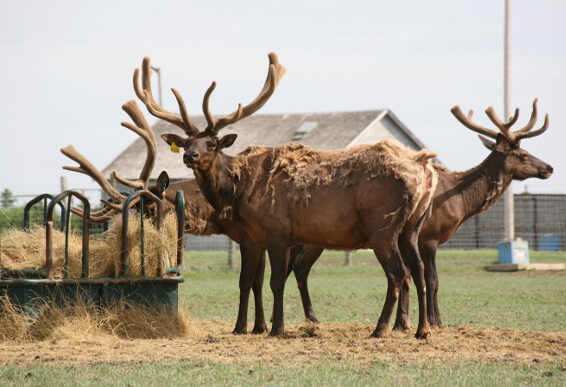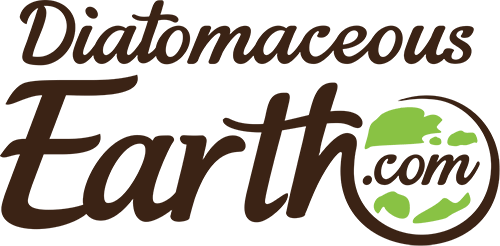
Diatomaceous Earth: Elk Feed Additive

Diatomaceous earth is an excellent feed additive for your animals. Ranchers and pet owners have many stories about the benefits of adding diatomaceous earth to animal feed. DE can promote intestinal and digestive health and thick, shiny coats.
You will need:
- Food grade diatomaceous earth
- A food scale
- An applicator
- Elk feed or hay
How to Apply:
As always, be sure to use food grade. Non-food grade DE, such as pool grade DE, can be dangerous to you and your elk's health if not used for its intended purpose.
The recommendation for how much DE to add to animals feed is up to 2% of the feed's weight. This means that for every 10 lbs. of elk feed, you will need to add roughly 3 oz. of DE.
After taking note of how much feed you give your elk, use the 2% rule to work out the weight of DE and measure it out on the scale. Then mix the DE thoroughly with the elk feed using your scoop and feed your elk as you normally would.
While you can add DE to each serving of elk feed, you can also add DE to the entire bag or bushel of feed after you buy it. Simply add the DE to the container of animal feed at a rate of 2%, or 2 lbs. of DE for every 100 lbs. of elk feed. Make sure the DE is evenly distributed. Adding DE to your animal feed this way will help prevent any insect infestation.
